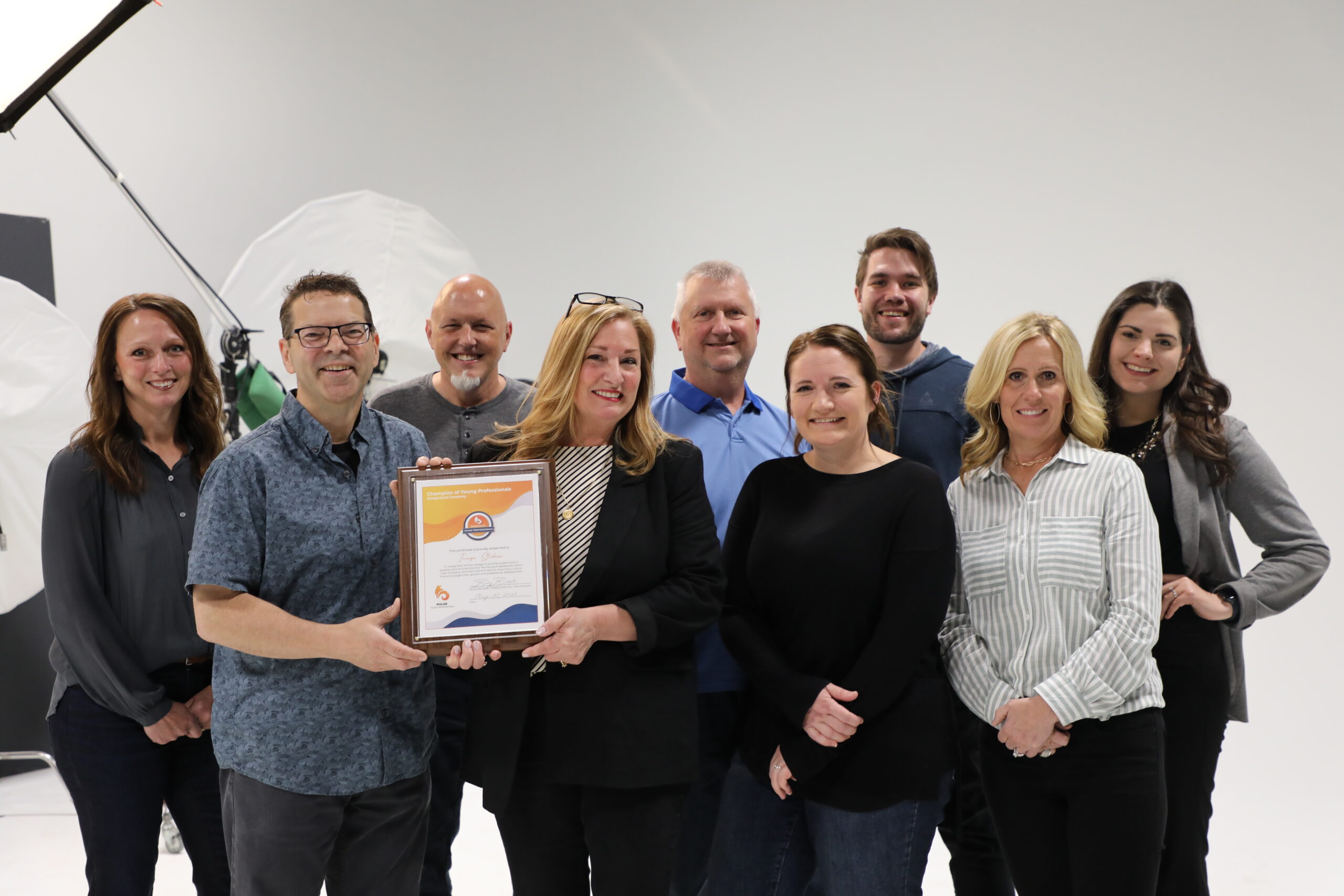Visual content is a critical part of any successful marketing campaign.
Whether you’re promoting a new product, showcasing your brand’s unique features, or highlighting your company’s strengths, visual content is the key to attracting and engaging customers. When it comes to creating visual content for products, there are two main approaches: CGI (Computer-Generated Imagery) and product photography. Together, we’ll explore when to use CGI and when to use product photography when creating visual content for products.
CGI vs. Product Photography: What’s the Difference?
Before we dive into the specifics, it’s essential to understand the differences between CGI and product photography. CGI involves creating digital images using 3D modeling software, which can be manipulated to create a wide variety of effects, lighting, and backgrounds. On the other hand, product photography involves photographing the actual product in a controlled environment, such as a studio or outdoor setting, using professional cameras and lighting equipment.
When to Use CGI
1. Product Complexity
If the product you’re promoting has intricate details or is challenging to photograph, CGI may be a better option. With CGI, you can create a digital 3D model of the product, allowing you to showcase its unique features and details in a way that may not be possible with product photography.

2. Flexibility
CGI offers greater flexibility than product photography, allowing you to make changes to the image quickly and easily. For example, if you need to showcase different color variations of the product, it’s much easier to do so with CGI than with product photography, which would require separate photoshoots for each variation.

3. Creative Control
With CGI, you have complete control over the final image, allowing you to create the perfect environment and lighting for the product. This can be particularly useful if you want to create a specific mood or tone for your marketing campaign.

4. Brand Image
If you’re looking to create a consistent brand image across all your product visuals, CGI can be a great option. With CGI, you can ensure that all visuals have a consistent look and feel, helping to reinforce your brand’s identity and message.

When to Use Product Photography
1. Cost
Product photography can be less expensive than CGI, particularly for smaller-scale projects. If budget is a concern, product photography may be the better option.

2. Time Constraints
If you have a tight deadline, product photography may be a better option. Product photography can be completed relatively quickly, whereas CGI can take longer to create.

3. Realism
If you’re looking to create a sense of authenticity and realism for your product, product photography may be the better option. While CGI can create photorealistic images, there’s still a perception that product photography is more authentic and trustworthy.

4. Tangibility
If your product is physical, product photography can help customers get a better sense of the product’s size, shape, and texture. With product photography, customers can see the actual product, whereas with CGI, they’re seeing a digital representation of the product.

Choosing Between CGI and Product Photography
At Image Studios, we offer both photography and CGI services. When clients ask us whether to use one or the other for an upcoming project, we explain these key differences between the two. Ultimately, the decision depends on a variety of factors, including product complexity, budget, time constraints, creative control, brand image, realism, and tangibility.
Both CGI and product photography are effective in their own ways, and the choice ultimately comes down to what works best for your specific project and marketing goals. By understanding the differences between the two approaches, you can make an informed decision and create visual content that resonates with your customers and drives business results.
To get a customized quote for your upcoming project, contact us at 877-738-4080 or info@imagestudios.com.



